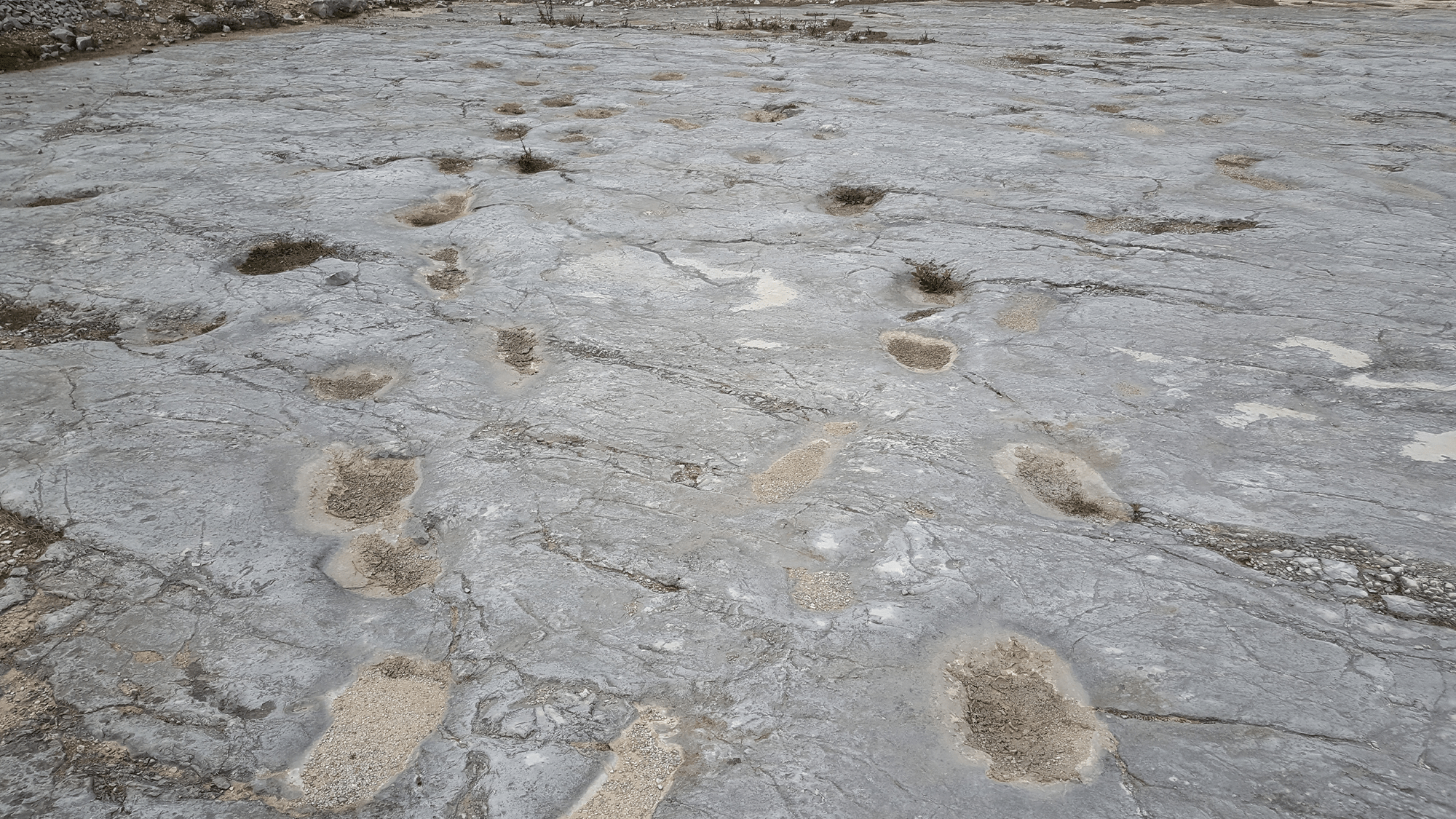

While the big boy dinosaurs like the Triceratops and Tyrannosaurus rex dominated North America and still get most of the attention from today’s movies, they were not the only dinosaurs on Earth. Some of their very distant relatives actually called Europe home. These animals were much smaller than their American cousins, but are getting some renewed attention. A new paper recently published in the journal Fossil Record delves deeper into the lives of these island-dwelling dinos.
[Related: A giant new spinosaur species has been unearthed in Spain.]
Between 100 and 66 million years ago (also known as the Late Cretaceous), Europe looked very different than it does today. The present day continent was actually an archipelago consisting of large and small islands in a shallow tropical sea. Partially due to their isolation on these islands, the dinosaur groups that lived here were different from those on the mainland. They included small and medium theropods, the feisty and armored ankylosaurs, sauropods with their signature long necks, duck billed hadrosaurs, and rhabdodontids.
According to the study, the Rhabdodontidae family was a critical group in the Late Cretaceous European Archipelago. It includes generally small to medium-sized—at least by dinosaur standards—herbivores that were about 6.5 to almost 20 feet long.
“They were probably habitually bipedal herbivores, characterized by a rather stocky build, with strong hind limbs, short forelimbs, a long tail, and a comparatively large, triangular skull that tapers anteriorly and ends in a narrow snout,” study co-author and University of Tübingen vertebrate paleontologist Felix Augustin explained in a statement. “They had a relatively robust skull with strong jaws, large teeth and a pointy beak that was covered in keratin, demonstrating that these dinosaurs were well-adapted to eating tough plants.”
There is also some evidence that they were rather social animals, as the fossilized remains of several individuals of different ages have been found grouped together. Fossils of rhabdodontids, or “rod tooth” dinosaurs, have also only been found in Europe in rocks going back 86 to 66 million years ago, suggesting they were endemic to the Late Cretaceous European Archipelago.

Scientists have found fossils from nine different species from France, Spain, Austria, Hungary, and Romania.
“The first rhabdodontid species was scientifically named more than 150 years ago and the last one as recently as November 2022, so, although the group looks back to a long research history, we still have much to learn about it,” Augustin said. “Generally, our portraying of the world of dinosaurs is heavily biased towards the well-known North-American and Asian dinosaur faunas.”
[Related: Were dinosaurs warm-blooded or cold-blooded? Maybe both.]
The rhabdodontids in Western Europe died out 69 million years ago, possibly due to environmental shifts that affected the plants they ate. However, those in Eastern Europe survived for millions more years and were among the last non-avian dinosaurs still present before the end of the Cretaceous Period.
Dinosaur fossils dating to the Late Cretaceous are more rare in parts of Europe than in North America or Asia, and scientists are still on the hunt for a complete rhabdodontid skeleton. Even though they were abundant during the Cretaceous of Europe, paleontologists are still puzzled by more specifics of their body proportions, posture, locomotion, and feeding behavior.
“In the past decades, a wealth of new, and often well-preserved, rhabdodontid fossils has been discovered throughout Europe, the majority of which still remains to be studied,” Augustin said. “A joint research project is currently underway to study the available fossil material in order to gain new insights into the evolution and lifestyle of these fascinating yet still poorly known dinosaurs.”
